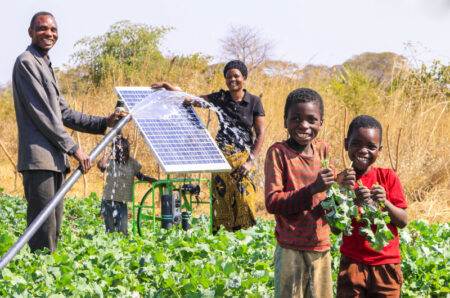Uganda’s Central Bank noted that easing of lockdown put in place as a measure to prevent the spread of covid-19 has led to economic growth recovery.
The Bank of Uganda in its latest monetary policy statements said that economic growth recovery has been supported by the easing of lockdown, a feeble improvement in both foreign and domestic demand as well as the stability of the exchange rate.
The government of Uganda started easing restrictions on some parts of the economy which had been affected by the pandemic in may.
Uganda’s Central Bank forecasts that the 2020/2021 financial year will see some growth of between 2.0-3.0 per cent which could increase to up to 6.0 per cent in 2021/22. The growth estimated before the pandemic which was of more than 6 per cent is forecast to be attained after 2022.
The 9 pm to 6 am curfew still remains in place as well as the closure of bars and the entertainment industry, which will continue to affect the speed of economic recovery.
The bank also noted that the effects of the pandemic and the fight against it are too uncertain and could result in unforeseen shocks to the economy.

The downside risks to the economic growth projection include the possibility of an increase in new infections and a longer period to get the virus under control said Emmanuel Mutebile the governor of Uganda’s Central Bank.
As commercial banks continue to face increasing Non-Performing Loans ( NPLs) and high lending interest rates, the bank fears the flow of Private Sector Credit (PSC) could remain subdued.
For November and December, the bank decided to maintain the Central Bank Rate, the base indicator of the cost of money at 7 per cent.
In order to boost private-sector borrowing and to enhance economic activity, the rate has been low to encourage the commercial banks to reduce the cost of credit from the current average of 19 per cent per annum.
Uganda’s Commercial banks have been announcing a reduction in their base lending rates of as low as 16 per cent.











